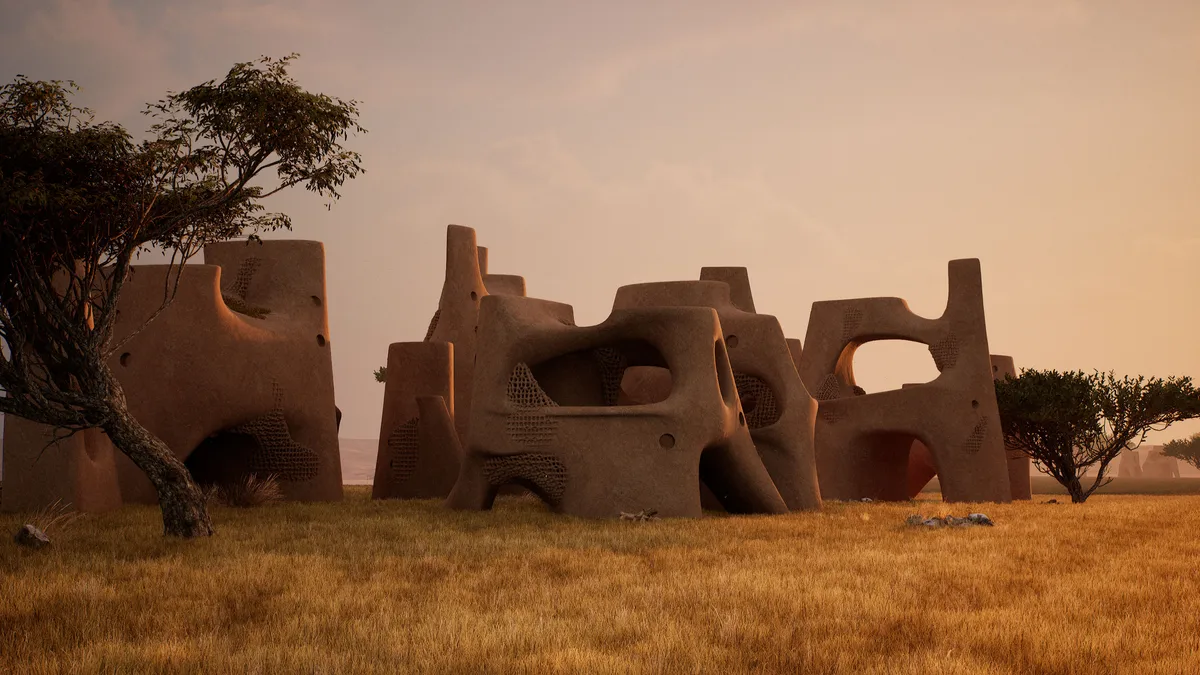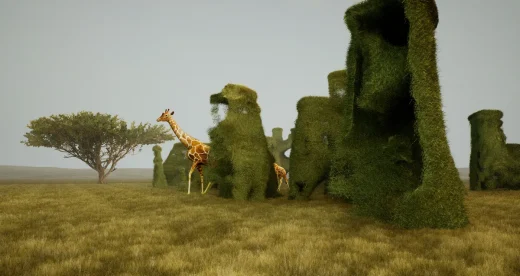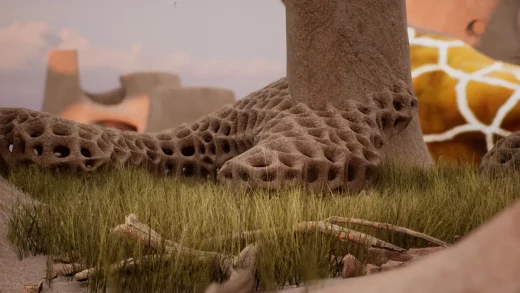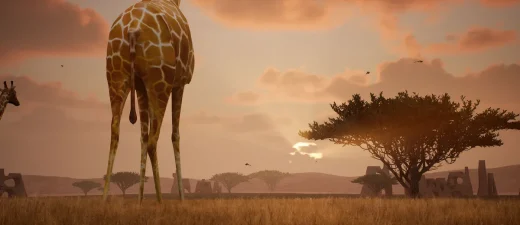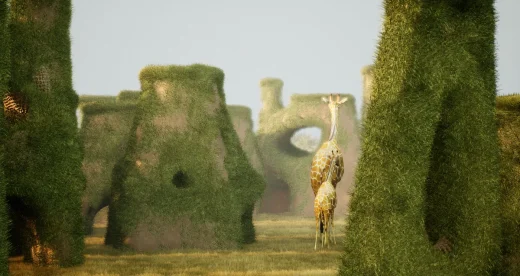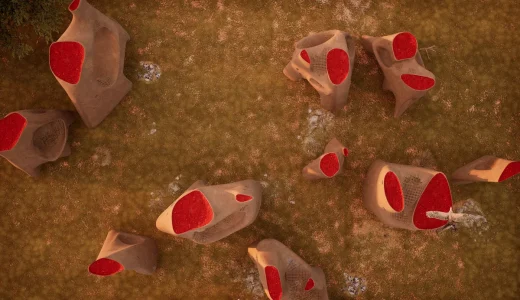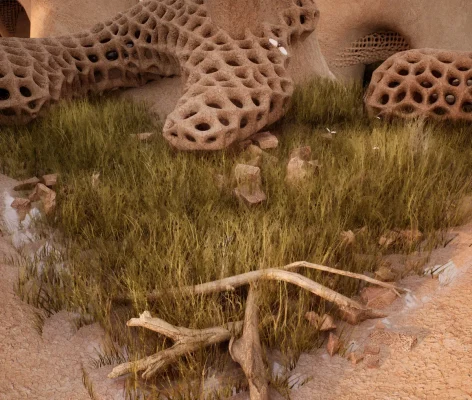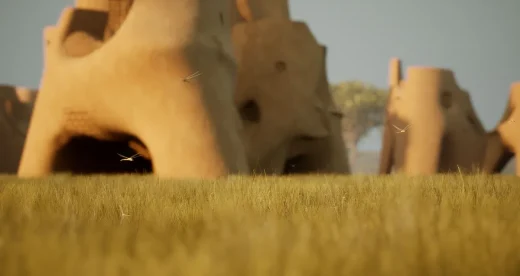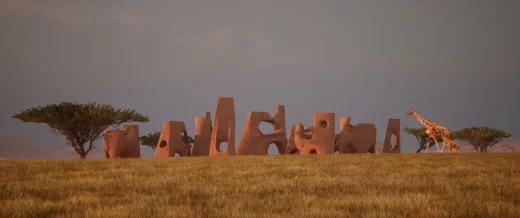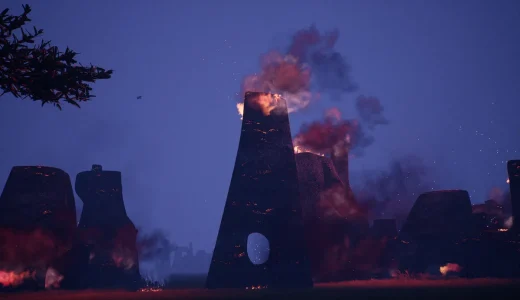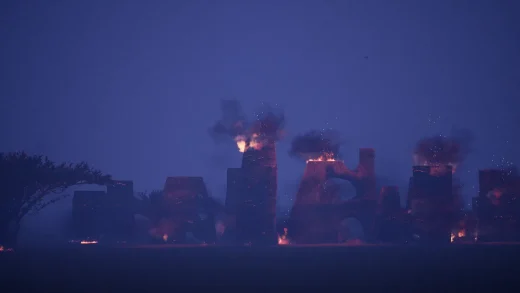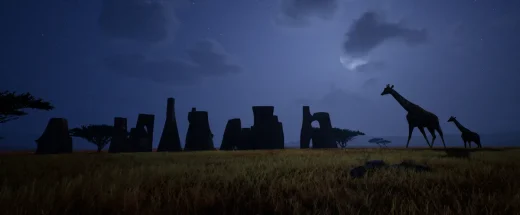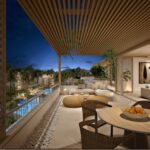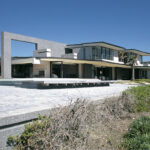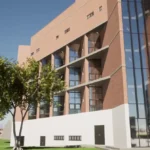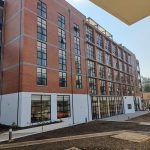Giraffe Water Towers, Serengeti, Tanzania, African concept building, architects, African design images
Giraffe Water Towers, Serengeti, Tanzania
3 September 2024
Concept Design: ZOO Architects
Location: Serengeti, Tanzania, East Africa
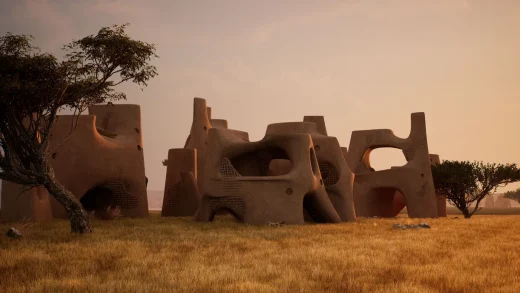
images courtesy of architects practice
Giraffe Water Towers, East Africa
1.The Tao Te Ching and the Laws of the Serengeti
In Laozi’s classic text the Tao Te Ching, it is written that the quality of existence for all things in nature are determined by the relationship between yin and yang (the aspects of polar opposites) within the “Tao”. The Tao “gives birth to one, one gives birth to two, two gives birth to three, and three gives birth to all things.
All things carry yin and embrace yang, and the rush of qi makes them harmonious.” The transformation of life and death is actually the gathering and dispersion of “qi”, or energy. For Taoists, “human life is the gathering of qi, and its dispersion is death”. Our design aims to improve the circulation of “qi” in Africa’s Serengeti while maintaining the natural balance that allows giraffes and other animals to flourish.
We have embedded our Giraffe Water Towers project within the Serengeti’s natural laws of survival, where the environment and animals are in balance – an overall sustainability composed of a series of complex symbiotic relationships. We hope our participation can foster a silent background optimization to the Serengeti’s ecosystem and its residents.
2. Giraffes and the Serengeti
In Africa, giraffes live in tropical and subtropical savannas, open acacia woodlands, and arid, semi-desert areas with very few trees. Africa is one of the world’s last strongholds for both large carnivores and herbivores – unsurprisingly, many areas there are major hotspots of human population growth, putting biodiversity at risk. These pressures will likely increase in the future as pandemics, political instability, or armed conflicts impact wildlife-based tourism, undermining national economies and reducing effective conservation funding.
The Serengeti is the world’s largest natural ecosystem: countless wildebeest, zebras, antelopes, giraffes, lions, elephants, rhinos, water buffalo, and leopards can be found there, as well as over 300 species of birds. Every year between May and June, the large herbivores of the Serengeti migrate from the central plains to areas in the west with year-round water; and between July and August, some migrate from the Serengeti to the Masai Mara grasslands. The sheer numbers of animals moving en masse across this vast landscape forms one of the great natural spectacles on earth.
In a large and complex ecosystem, connectivity is a key component of the robustness of food webs: those with low connectivity have been shown to be more susceptible to species loss and secondary extinction. The close connectivity of species in the African environment is conducive to the stability of its ecology. For our project, we took cues from the natural surroundings and embedded it within pre-existing relationships between carnivores, herbivores, and native plants.
It is evident that if humans crudely interfere here, this balance will be destroyed. Hunting activities, territorial shrinkage, climate warming, food shortages, and other problems have led to the loss of wildlife habitats. And within that, a lack of resources in the dry season is a core problem for the herbivores who live here.
Rolling hills and grasslands dotted with acacia trees are the typical habitat of the largest part of the Serengeti. It is home to a large number of resident species, and many herbivores face increasing competition for already nutrient-deficient food during the dry season.
By improving the quality of vegetation through water harvesting, storage, and groundwater development, we aim to restore soil fertility and promote plant reproduction, thus increasing the food supply during the dry season in a sustainable, eco-friendly manner.
3. Water and Fire in the Serengeti
In Africa, water has a dual nature. It is a source of life but may also bring danger – in the dry season, pools of water become ideal hunting grounds for carnivores. Building water storage devices in the African savanna to provide water to trees during the dry season provides a solution – acacia trees favor warm climates with abundant sunlight and are particularly drought-resistant, but may face severe water shortages during the summer months.
The recent degradation of African savanna ecosystems is partly due to reduced soil moisture retention and increased runoff, leading to erosion of the ground. Water storage devices can serve to aid both plants and animals to survive the dry season, and may also indirectly provide them with sources of food.
Fire is an important natural process in the ecosystem of the African savanna: it promotes the growth of certain plants which are adapted to quickly recover after a fire. When a strong fire acts on the organic matter in the ground, it affects soil fertility and water retention capacity in a positive manner. Our project has been designed to withstand seasonal fires, and will provide improved soil quality in the process.
The combination of fire and the project’s form, recalling the shapes of large termite nests, will have a positive impact on the area’s vegetation, improving soil structure and allowing for increased fertility and moisture retention. By contributing to the health and stability of the ecosystem, fire also heralds rebirth.
4.Giraffe Water Towers: A New Landscape in the Serengeti
In developing the design, we gave particular attention to the spotted patterns on the coats of giraffes. The patterns provide camouflage, while giving these elegant animals a unique visual charm. When looking at the project structures from a bird’s eye view, a giraffe markings pattern has been used as the basis for distribution of the layout, forming a unique landscape in the savanna.
In designing this project, we created an architecture that extends into and becomes part of a diverse ecosystem, integrating into ecological microhabitats within the overall environment. This multifunctional design provides suitable habitats for different species of plants and animals: areas with water and vegetation offer attractive places to pause, rest, and feed.
Nests, dens, and other shelters can be set up to accommodate animals, while improvements to the soil and vegetation serve to attract a variety of insects, birds, and small mammals. These ecological buildings, by integrating rainwater collection and water recycling systems, will provide a sustainable resource of precious water, while continuous monitoring of the structures will ensure that the project’s positive impact is maintained.
Giraffe Water Towers, Serengeti, Tanzania concept building images / information received 030924
Article 25 African Projects
African Reports by Article 25
Congo School Buildings
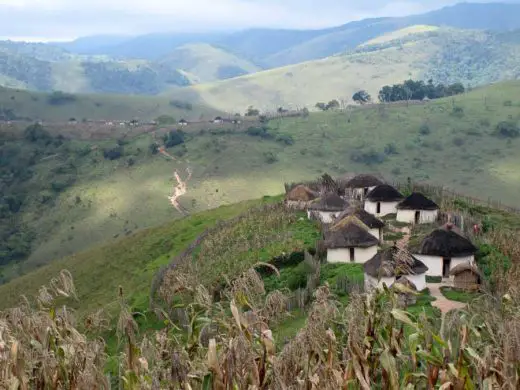
image courtesy of architects practice
Article 25 Congo School Buildings
African Buildings
Contemporary Architecture in Africa
Pure Power/Daily Combat Strategy for Water Collection, Rujewa, Tanzania, eastern Africa
Design: Hong-En,Lin
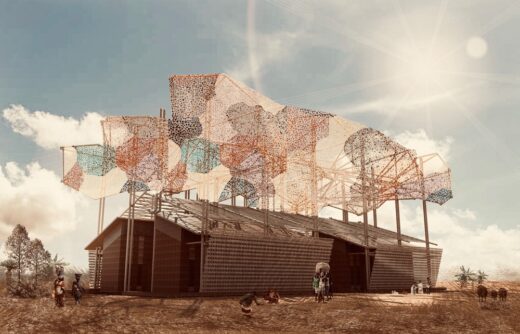
render : Hong-En,Lin
Pure Power, Tanzania, Eastern Africa
Mashambas Skyscraper, Manyoni, Tanzania
Architects: Ggrupa
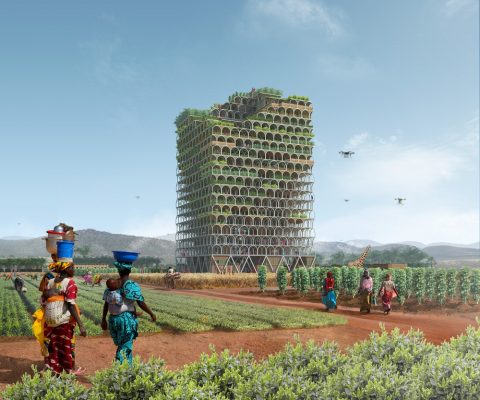
image from architects
Mashambas Skyscraper in Manyoni
Ngaren: The Museum of Humankind, Kenya, East Africa
Design: Studio Libeskind
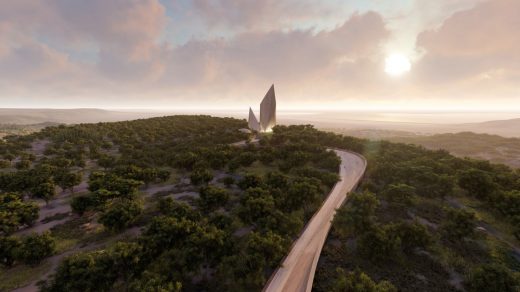
image from architects
Ngaren: The Museum of Humankind in The Great Rift Valley
New Social Housing in Cameroon
Design: TAMassociati with Arup
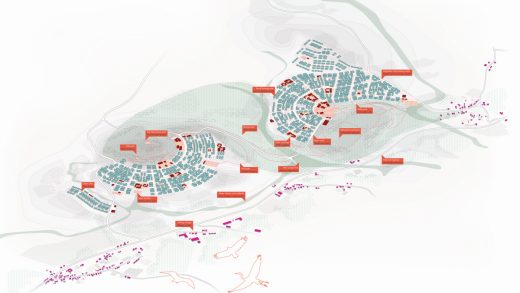
image courtesy of architectural practice
New Social Housing in Cameroon
National Public Health Emergency Operations Center & Laboratory, Republic of the Gambia, West Africa
Design: IDOM
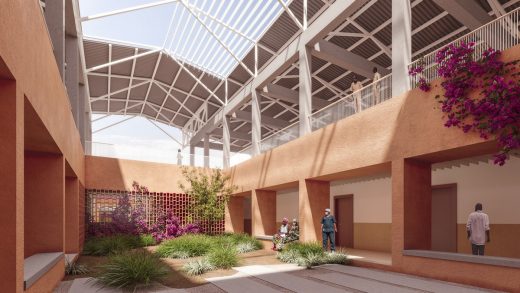
image courtesy of architects practice
Emergency Treatment Centre Farato, Gambia
Kingsway Tower, Ikoyi, Lagos, western Africa
Architects: SAOTA
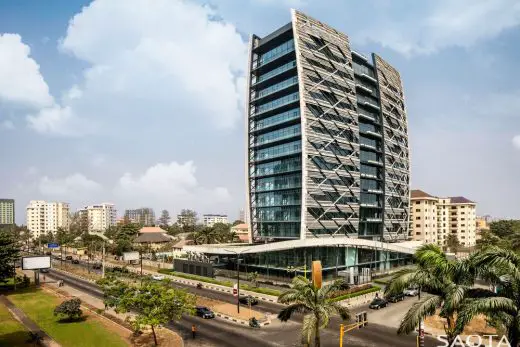
image courtesy of architects
Kingsway Tower, Ikoyi, Lagos
Reports by Article 25
Democratic Republic of Congo Schools
Comments / photos for the Kao La Amani Children’s Village Northern Tanzania, African Architecture page welcome.

